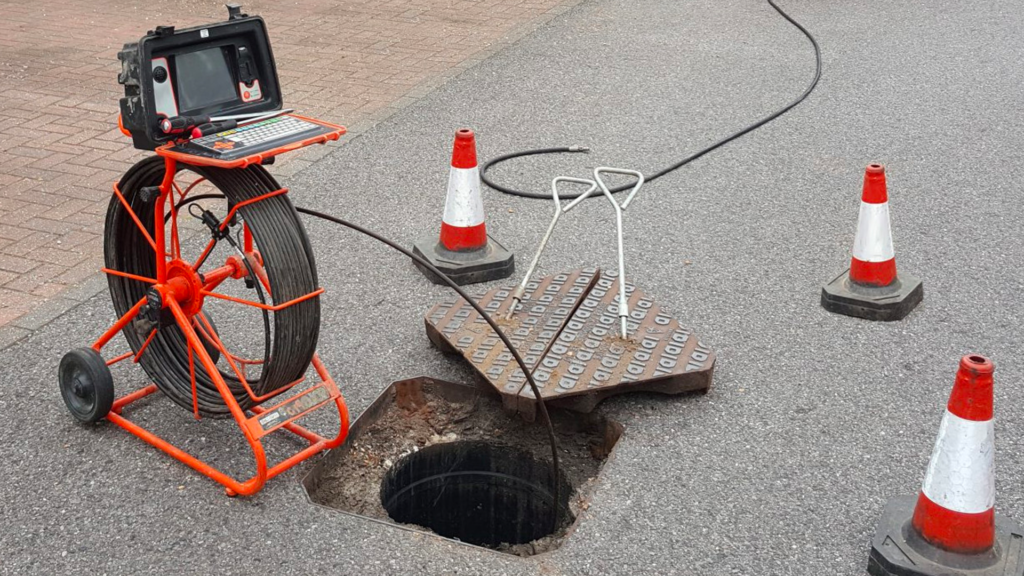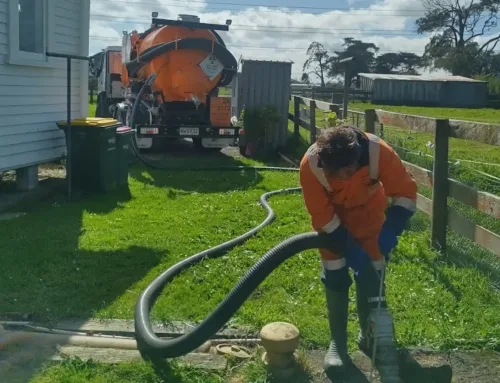Getting My Reclaim Waste To Work
Getting My Reclaim Waste To Work
Blog Article
The Buzz on Reclaim Waste
Table of Contents5 Easy Facts About Reclaim Waste ShownRumored Buzz on Reclaim WasteThe Basic Principles Of Reclaim Waste The 3-Minute Rule for Reclaim WasteReclaim Waste for Dummies
Domestic sewer waste refers to the waste and items from a household septic tank. The proper administration and disposal of residential sewage waste need fluid waste to be moved to a sewer treatment plant where the proper techniques and equipment are applied to detoxify and dispose of waste.
Business waste commonly includes potential threats, such as flammable materials or a mixture of liquid and solid waste products, and calls for an advanced and detailed disposal process. The disposal of commercial waste typically entails the purification of waste prior to transportation to make sure risk-free and proper disposal. Industrial waste is developed from byproducts and runoff of industrial procedures and manufacturing.
This type of waste can not utilize the very same sewage administration transportation or procedures as septic or commercial fluids. The commercial waste monitoring procedure needs the assessment and testing of fluid waste before it goes through the disposal process (liquid waste removal). Runoff waste is the fluid waste that comes from runoff and excess stormwater in highly populated locations or cities
Overflow waste can create contamination and flooding if not taken care of effectively. Find out much more regarding sewage system cleaning and waste monitoring. Making certain appropriate waste monitoring can avoid calamities and lower environmental harm. Both people in domestic setups and specialists in business or production sectors can take advantage of comprehending the procedures and policies of liquid waste administration.
The Reclaim Waste Statements
Get in touch with PROS Services today to find out about our waste management and disposal solutions and the correct means to look after the fluid waste you produce.
(https://justpaste.it/fauht)Do you recognize what occurs to your water when you end, purge the commode or drain the cleaning equipment? No? Well, it's worth knowing. This so-called 'wastewater' is not just an important resource yet, after therapy, will certainly be launched to our land, waterways or the ocean. Made use of water from bathrooms, showers, bathrooms, cooking area sinks, washings and commercial procedures is called wastewater.

water utilized to cool down machinery or clean plant and tools). Stormwater, a form of wastewater, is overflow that streams from farming and city locations such as roofing systems, parks, yards, roadways, courses and seamless gutters into stormwater drains pipes, after rain. Stormwater moves neglected straight to local creeks or rivers, at some point getting to the ocean.
Reclaim Waste Can Be Fun For Anyone
In Queensland, many wastewater is treated at sewage treatment plants. Wastewater is carried from residential or industrial sites with a system of sewers and pump stations, understood as sewerage reticulation, to a sewer treatment plant.
The Division of Natural Resources recommends city governments concerning managing, operating and preserving sewage systems and therapy plants. In unsewered locations, regional governments may need homeowners to set up private or house sewage therapy systems to treat domestic wastewater from bathrooms, kitchens, washrooms and washings. The Division of Natural Resources authorises using family systems when they are proven to be reliable.
A lot of stormwater gets no therapy. In some new neighborhoods, treatment of some stormwater to remove clutter, sand and crushed rock has begun making use of gross toxin traps. Wastewater treatment takes place in 4 stages: Removes strong matter. Bigger solids, such as plastics and other items wrongly discharged to sewers, are removed when wastewater is travelled through screens.
Wastewater after that streams into huge containers where solids clear up and are removed as sludge. Grease and scum are skimmed from the surface area. Makes use of little living organisms knows as micro-organisms to break down and eliminate remaining dissolved wastes and great fragments. Micro-organisms and wastes are incorporated in the sludge. Eliminates nitrogen and phosphorus nutrients that could create algal blooms in our rivers and threaten water life.
Some Known Questions About Reclaim Waste.
Nutrient elimination is not readily available at all sewer treatment plants due to the fact that it needs expensive specialist tools. Clear liquid effluent produced after therapy might still contain disease-causing micro-organisms - industrial wastewater treatment.

This usually implies wastewater needs to be treated or impurities gotten rid of prior to find out it can be released to waterways. A lot of wastewater moves right into the sewerage system. Under the Act, local governments carry out approvals and licences for ecologically appropriate activities (Ages) entailing wastewater releases that could have a local impact. The division carries out approvals and licences to Periods entailing wastewater releases that might have a regional or statewide effect.
Reclaim Waste Fundamentals Explained
Tracking provides accurate details concerning water high quality and can confirm that permit conditions are being satisfied. The details acquired with surveillance gives the basis for making water top quality choices.
Report this page